Walking around my yard I’m always on the lookout for changes – both good and bad. I look to see which plants are leafing out or flowering. I scout for plant disease symptoms, insect damage, and weeds. I’ve learned over the years that when I spot a plant out-of-place before condemning it as a weed, I need to make sure it isn’t really a bonus plant!
This spring my yard has really changed. After losing numerous mature trees the sun is shining in new spots. Last fall I also had a bit of unexpected seed and vegetation dispersal to say the least, so I’m getting lots of surprises in the landscape. A few bonus plants I’m seeing and leaving alone are oak seedlings, black-eyed Susan, sunflowers, Angelina sedum, dotted horsemint, and verbena.
These plants might not be exactly where I would have placed them, but if they are not located somewhere that will be a maintenance problem, they can stay where they landed. Many of these plants are taking advantage of dry, non-irrigated sites and providing welcome vegetative groundcover that will help prevent erosion. The bonus is that they all provide food or shelter for birds and/or bugs!
How do you tell the difference between a weed and a plant you would like to keep? The key is to pay attention to plant features other than flowers. Start looking at foliage shape, texture, color, growth habit, and how leaves are arranged on the plant. Other characteristics are stem color and shape – some plants have square stems, others have ridges we refer to as “wings” in horticulture terms, tendrils on vines, all of these can be distinctive and recognizable before the obvious flowers form. Keep notes with pictures of plants at different life stages until you commit them to memory. Eventually you’ll be able to walk through your landscape and quickly note the differences which will help conserve those bonus plants and get weeds under control before they get too prolific.
Below are links to sites that might be outside your regular bookmarks. These resources show more than just the pretty flowers and have detailed information on life cycle and growing conditions.
- http://florida4h.org/programsandevents_/horticulture/ Scroll down to Study Materials and select slides from the category of interest
- http://plants.ifas.ufl.edu/plant-directory/
-
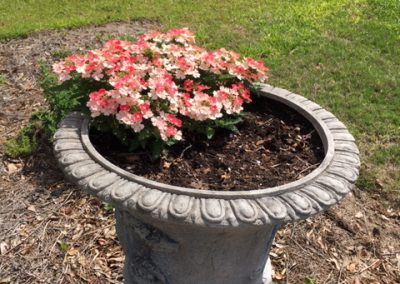
This verbena was nothing but roots left in the pot from last year, but unexpectedly flourished this spring.
-
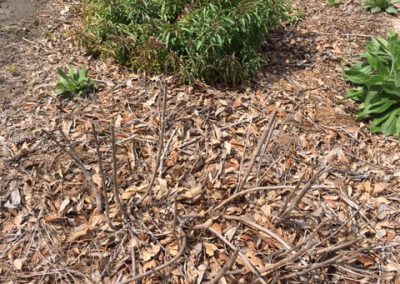
This dotted horsemint is coming up 2 feet from the parent plant. It looks a little weedy but will fill in and flower profusely.
-
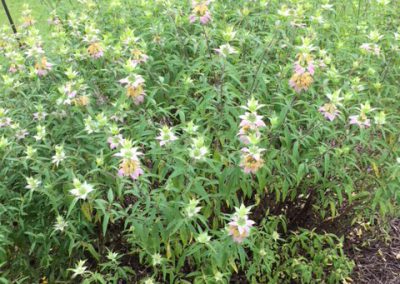
Dotted horsemint in flower.
-
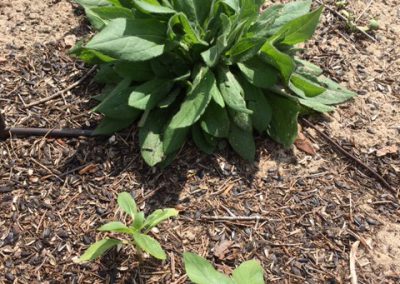
Black-eyed Susan (back) and Sunflower seedlings.
-
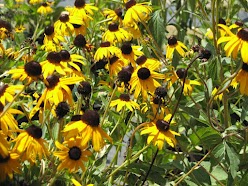
Black-eyed Susan in flower.
- 2024 Gardening in the Panhandle LIVE! Palm Selection and Care - March 14, 2024
- Local Youth Invited to Participate in Junior Jubilee Watermelon Contest! - March 11, 2024
- Rainfall Revives Resurrection Fern - February 8, 2024
